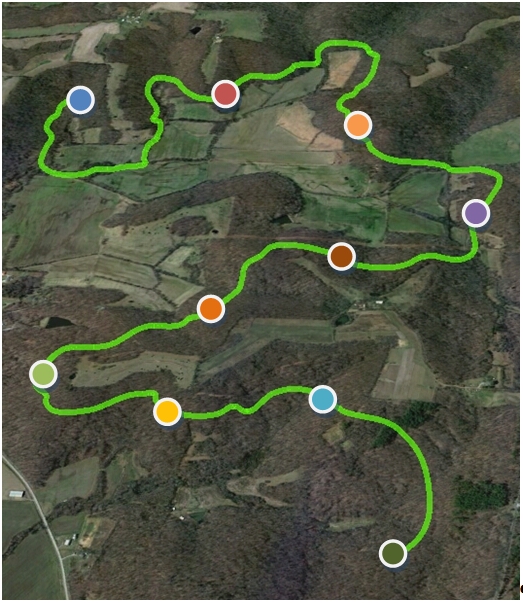Identify Barriers and Enhancements to Connectivity
STEP 5: IDENTIFY IMPEDIMENTS AND BARRIERS TO CONNECTIVITY AND IDENTIFY SPATIAL DATA SETS REPRESENTING THESE FEATURES
Outcomes or Products
- List of all potential barriers or impediments to movement
- List of features that may mitigate barriers (e.g., wildlife crossings for roadways)
- Qualitative estimation of the relative degree to which these features constrains or enables movement
- If a habitat suitability model is not available for the species of interest, this is also needed: List of land uses and land cover types present in the assessment area, and an estimation of the degree to which these cover types promote or constrain movement
- List of spatial data sets that potentially indicate the location or spatial extent of each of the features affecting connectivity
- List of features affecting movement for which appropriate spatial data do not exist
- Prioritized list of features that will be used to model connectivity
Prerequisites
STEP 3: Identify species to be assessed
STEP 4: Characterize biology, ecology of species to be assessed
Description
Understanding what landscape features and infrastructure enhance or inhibit species movement and the degree to which they positively or negatively affect movement is necessary to evaluate connectivity. As you identify these features and their relative effects on movement, you will also identify spatial data sets that map these features.
As climate changes, the altered climate itself can represent a barrier to movement, along with climate change effects on the landscape. Additionally, connectivity needs may shift in space and time and new barriers may be encountered that do not currently impair connectivity.
Skill Sets or Expertise Needed
- Basic ecological and biological knowledge of the area
- Biological or ecological expertise in the species or systems to be assessed
- Familiarity with geospatial data (including climate change data as appropriate)
Overview of Constraints to Connectivity
Several considerations can inform how to think about what constrains or enhances connectivity. Read more...
How to Conduct This Step
A species’ distribution on the landscape, its movement patterns, and the spatial scale at which it operates will in part define its connectivity needs. It is important to consider the landscape from the perspective of the species or systems of interest to ensure that features actually posing barriers, causing avoidance behaviors, or otherwise constraining movement for that species are identified. Once a sufficient understanding of the species’ biology has been developed, use that information to summarize the following:
- Potential barriers or impediments to movement
- Features that may mitigate barriers to movement (e.g., culverts)
- Qualitative estimation of the relative degree to which the feature constrains movement or mitigates barriers
- Understanding of the degree to which land uses and land cover types present in the assessment area promote or constrain movement
Characterizing potential barriers or impediments to movement, as well as features that may promote movement, will allow you to identify the spatial data sets that potentially indicate the location or spatial extent of each of the features negatively or positively affecting connectivity, as well as relevant features for which appropriate spatial data do not exist.
Once this information is compiled, review it to assess which features affecting connectivity are most critical to represent in your model. If spatial data sets are not available for one or more features that are thought to have a significant effect on connectivity, consider whether those features may be mapped within the context of your project. Revise your list to reflect the key features influencing connectivity and associated data sets that will be used for modeling.
Consult with species biologists, ecologists, and other experts to identify barriers that are not readily identified from basic species knowledge and literature review, as well as features that may mitigate barriers. In addition, confirm your understanding of how various land cover types or uses are expected to promote or constrain movement. It will also be useful to consult with people knowledgeable about both the geographic area and the species you are assessing to determine whether there may be other unusual barriers to species movement. Enlist their review of the prioritized list of features that you plan to use to assess connectivity for your species or system of interest.


